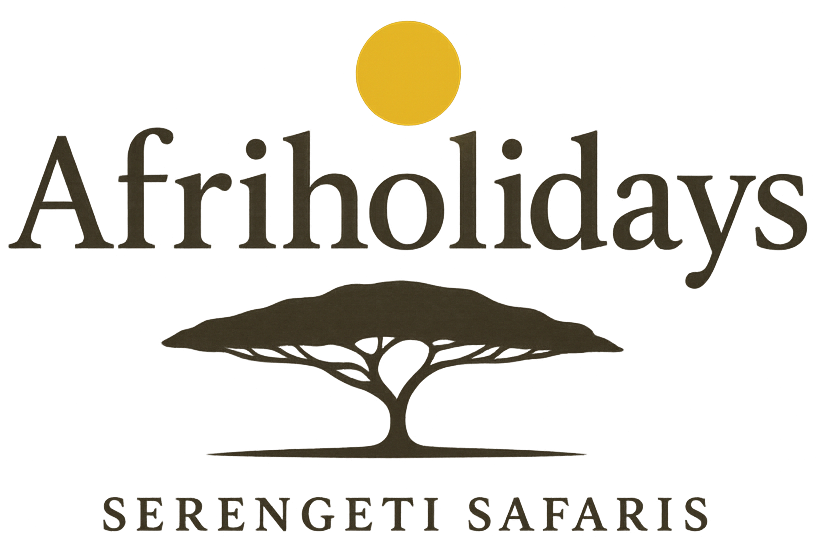Serengeti Migration Guide: Where & When to Go
Be in the right place at the right time. Our specialists plan dates, zones, camps, and logistics so your safari coincides with the migration’s key moments.
Executive Summary
The Great Migration is a year-round movement of wildebeest and zebra across the Serengeti–Mara ecosystem. To see its most compelling moments, timing and location are decisive. We align your travel dates with the herd’s likely position, pair you with camps in the correct zones, and minimize transit so you spend your time on wildlife—not on the road.
Season-by-Season Overview
January–March: Southern Plains (Ndutu & Kusini) — Calving
Short-grass plains attract the herds for calving. Predator interactions are frequent and photography is exceptional.
Best for: Families, photographers, and guests preferring shorter drives and intensive game viewing.
Typical base: Ndutu area; mobile or seasonal camps positioned on the plains.
April–June: Central & Western Corridor — Green Season & Grumeti
After the long rains begin, herds move north-west. The Western Corridor can see Grumeti River activity; Central offers reliable resident game and fewer vehicles.
Best for: Value seekers, guests preferring fewer crowds, longer stays.
Typical base: Central Serengeti (Seronera) plus Western Corridor when timing aligns.
July–October: Northern Serengeti (Kogatende & Lamai) — Mara Crossings
Peak drama around the Mara River. Crossings are never guaranteed, but patient positioning in the right zones gives strong chances.
Best for: Guests prioritizing spectacle and dramatic viewing, with flexibility for full-day drives.
Typical base: Kogatende/Lamai; camps with river or crossing-access routes.
November–December: Return South — Fresh Landscapes
With the short rains, herds begin to move back towards the southern plains. Landscapes are lush, skies are photogenic, and pressure eases.
Best for: Guests seeking quieter sightings and strong value before the Jan–Mar calving.
How We Plan (Principles)
Dates → Zones → Camps
- We map your exact dates to the migration’s likely position, then select camp locations inside the correct game-drive radius.
Minimized Transit
- Where feasible we recommend fly-in hops between zones to protect game time and reduce fatigue.
Pacing
- Private schedules avoid rush; we mix early departures, targeted full-days, and flexible afternoons.
Contingency
- Nature moves. We position for probability and keep options for adaptive days if the herds shift.
Private Camps, Guides & Vehicles
- Camps & Lodges: Selected for location first, then guiding quality and consistency. Private concessions are proposed where quieter viewing is a priority.
- Guides: Senior driver-guides with deep route knowledge, safety training, and strong track records with families and photographers.
- Vehicles: Custom 4×4 Land Cruisers with seat belts, pop-top roof, charging points, and a fridge. We cap guests per vehicle for comfort and viewing angles.
Logistics & Safety
- Flyi-in vs drive radionale per route
- Baggage limits: soft bags 15-20 kg
- Medical supports: AMREF/Flying Doctors guidance
- 24/7 Arusha operations; WhatsApp response
Sample Migration-Timed Routes
7 Nights — Classic North (Jul–Oct)
Arusha (1) → Central (3) → North/Kogatende (3). Fly or drive between zones as dates dictate.
From USD 3,800–5,400 per person land only.
9 Nights — Calving Focus (Jan–Mar)
Arusha (1) → Ndutu/Southern Plains (4) → Central (3) → Arusha (1).
From USD 3,600–5,200 per person land only.
9 Nights — Green-Season Value (Apr–Jun)
Arusha (1) → Central (3) → Western Corridor (3) → Central (2).
From USD 3,200–4,600 per person land only.
FAQs
Never guaranteed. We align dates and camps to the North (Jul–Oct) where crossings are most probable and plan full-day flexibility. Patience on the river is essential.
No. Calving delivers intense predator action and short drives, which many families prefer. The scenery is open and sightings are frequent.
We recommend fly-ins when distances risk consuming game time. Drives suit guests who enjoy landscapes and wish to optimize budget. We’ll advise per itinerary.
Seven nights is a practical minimum for a migration-timed safari; 9–10 nights offer stronger odds and a calmer pace.
For families and photographers, yes. Private vehicles control timing, angles, and comfort. We quote this upfront.
We time routes and use camp locations that access multiple loops, and propose private or less-trafficked areas where appropriate.
